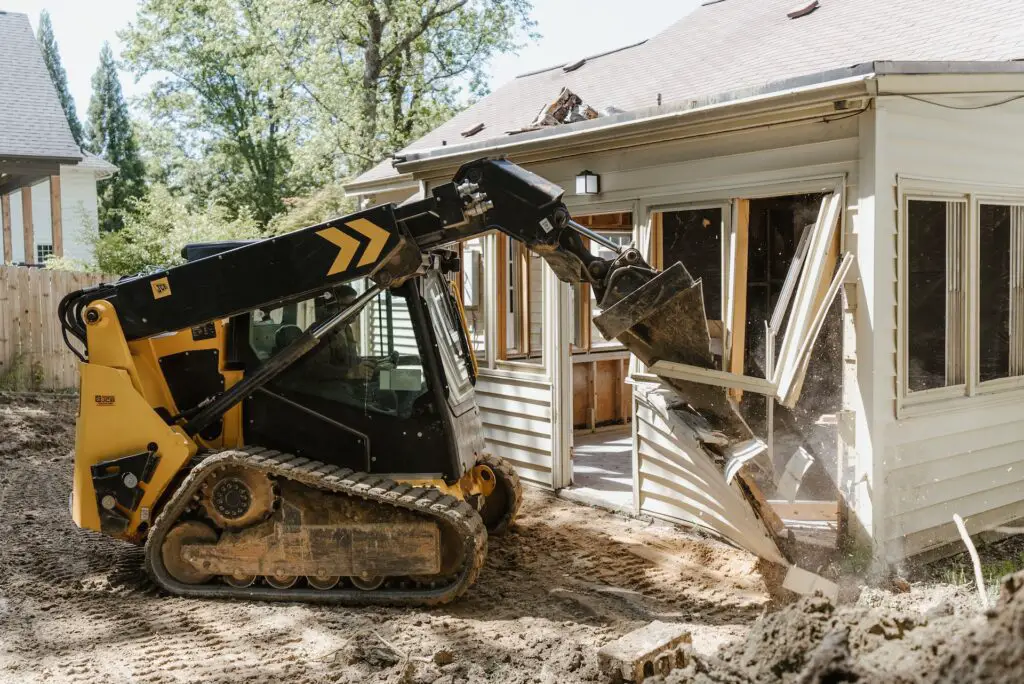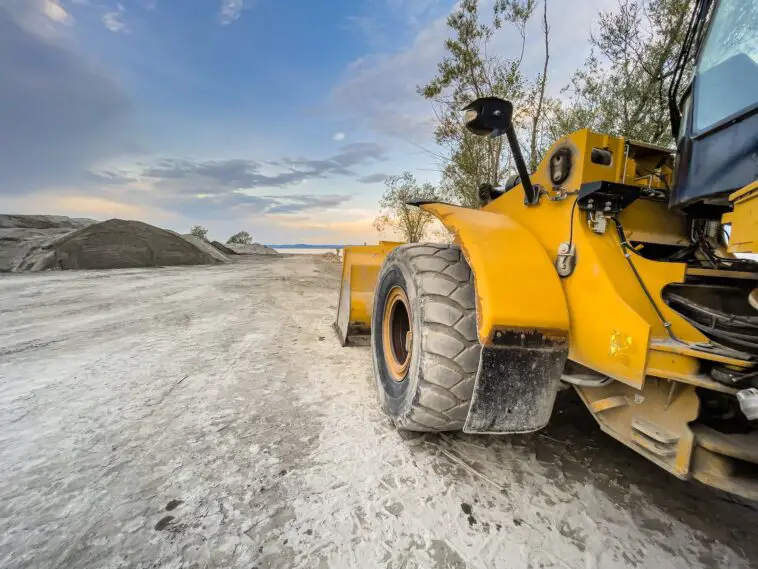Choosing the right equipment is essential when it comes to heavy-duty work on construction sites, landscaping projects, or other industrial applications. Two popular options are Compact Track Loaders (CTLs) and Skid Steers. While both machines are highly versatile and capable of handling various tasks, they have distinct differences that can significantly impact their suitability for specific jobs.
This blog will provide an overview of Compact Track Loader and Skid Steer, highlighting their key features and benefits to help you make an informed decision for your project.
What are Compact Track Loaders?
Compact Track Loaders (CTLs), or multi-terrain loaders, are versatile construction and earthmoving machines designed for various tasks. They are characterized by their rubber tracks, similar to those found on tanks, which provide several advantages over traditional wheeled machines.

What are Skid Steers?
Skid Steers, also known as skid loaders or skid-steer loaders, are versatile and compact construction machines widely used in various industries for material handling and earthmoving tasks. They are characterized by their small size, maneuverability, and unique steering system.

Differences Between Skid Steers and Track loaders
Terrain
Skid Steers: These machines are typically equipped with rubber tires, similar to those on a car or truck. They are well-suited for smooth, hard surfaces like concrete or asphalt. Wheeled Skid Steers excel in applications where minimal ground disturbance is essential, making them ideal for indoor construction, landscaping on finished properties, and tasks on stable surfaces.
Compact Track Loaders (CTLs): CTLs, on the other hand, feature rubber tracks similar to those on bulldozers or tanks. These tracks distribute the machine’s weight over a larger area, reducing ground pressure. CTLs are designed to excel in challenging terrains like muddy or uneven surfaces, sand, gravel, snow, and sensitive landscapes like lawns. They provide better traction on soft, loose, or slippery ground and cause less damage to the ground they traverse.
Speed
Skid Steers: Generally, wheeled Skid Steers have higher travel speeds on smooth surfaces than CTLs. This makes them more efficient for tasks that involve moving across large areas or between different job sites. Wheeled Skid Steers are known for their speed and maneuverability.
Compact Track Loaders (CTLs): While CTLs might not reach the same speeds on hard, flat
surfaces as wheeled Skid Steers, they have a distinct advantage when maintaining traction and stability on rough or delicate terrains. Their lower pressure helps them grip the ground, making them less likely to get stuck in soft soils or damage sensitive areas.
Maneuverability
Skid Steers: Wheeled Skid Steers are known for their exceptional maneuverability. Thanks to their skid-steering mechanism, their ability to turn in place allows them to work efficiently in tight spaces and easily navigate obstacles. This makes them a top choice for construction sites with limited room to maneuver.
Compact Track Loaders (CTLs): While CTLs are highly maneuverable, their rubber tracks provide better stability on uneven terrain. This added stability can be beneficial when operating on rough or sloped surfaces. CTLs may have a slightly wider turning radius than Skid Steers but can operate effectively in confined areas.
Power
Skid Steers: Wheeled Skid Steers are known for their impressive engine power and lift capacities. They are often chosen for tasks that require lifting heavy loads or using attachments that demand significant hydraulic power. Their robust engine performance contributes to their ability to handle demanding jobs.
Compact Track Loaders (CTLs): CTLs also offer substantial power, but their design prioritizes distributing weight evenly over their tracks. This design enhances their stability and minimizes ground pressure, making them suitable for challenging terrains. CTLs are often used for applications where both power and stability are required.
Cost
Skid Steers: Wheeled Skid Steers tend to have a lower upfront purchase price than CTLs. They are generally more budget-friendly for buyers seeking a versatile compact loader without a substantial initial investment.
Compact Track Loaders (CTLs): CTLs often come with a slightly higher upfront cost due to their more complex undercarriage with rubber tracks. However, the increased stability and traction provided by ways can potentially result in cost savings over time by reducing the risk of getting stuck or causing damage to delicate surfaces.
Maintenance
Skid Steers: Wheeled Skid Steers generally have simpler maintenance requirements for their wheels and axles. Tire replacement and maintenance are straightforward tasks. However, they may struggle in muddy or soft terrains, potentially increasing tire wear.
Compact Track Loaders (CTLs): CTLs require maintenance for their rubber tracks, which can be more involved and costly than wheel maintenance. However, they often have longer track life than tires on Skid 2Steers. CTLs’ reduced ground pressure can also result in less disturbance of sensitive surfaces, reducing cleanup efforts.
Site Cleanup
Skid Steers: Wheeled Skid Steers can be effective for site cleanup tasks, especially on complex and even surfaces. They can easily switch between different attachments, such as buckets and grapples, to handle various cleanup needs.
Compact Track Loaders (CTLs): CTLs are advantageous for site cleanup when the terrain is soft, muddy, or uneven. Their lower ground pressure and traction allow them to move efficiently through challenging conditions without causing excessive damage to the ground. This can reduce the extent of site cleanup required after equipment operation.
Conclusion
There is no one-size-fits-all answer in the debate between compact track loaders and skid steers. The right choice depends on your project’s requirements, terrain, and applications. Before deciding, carefully assess your needs and consider factors like ground conditions, load capacity, and operator comfort. Ultimately, the ideal machine will maximize efficiency and productivity while ensuring that your project runs smoothly from start to finish.




